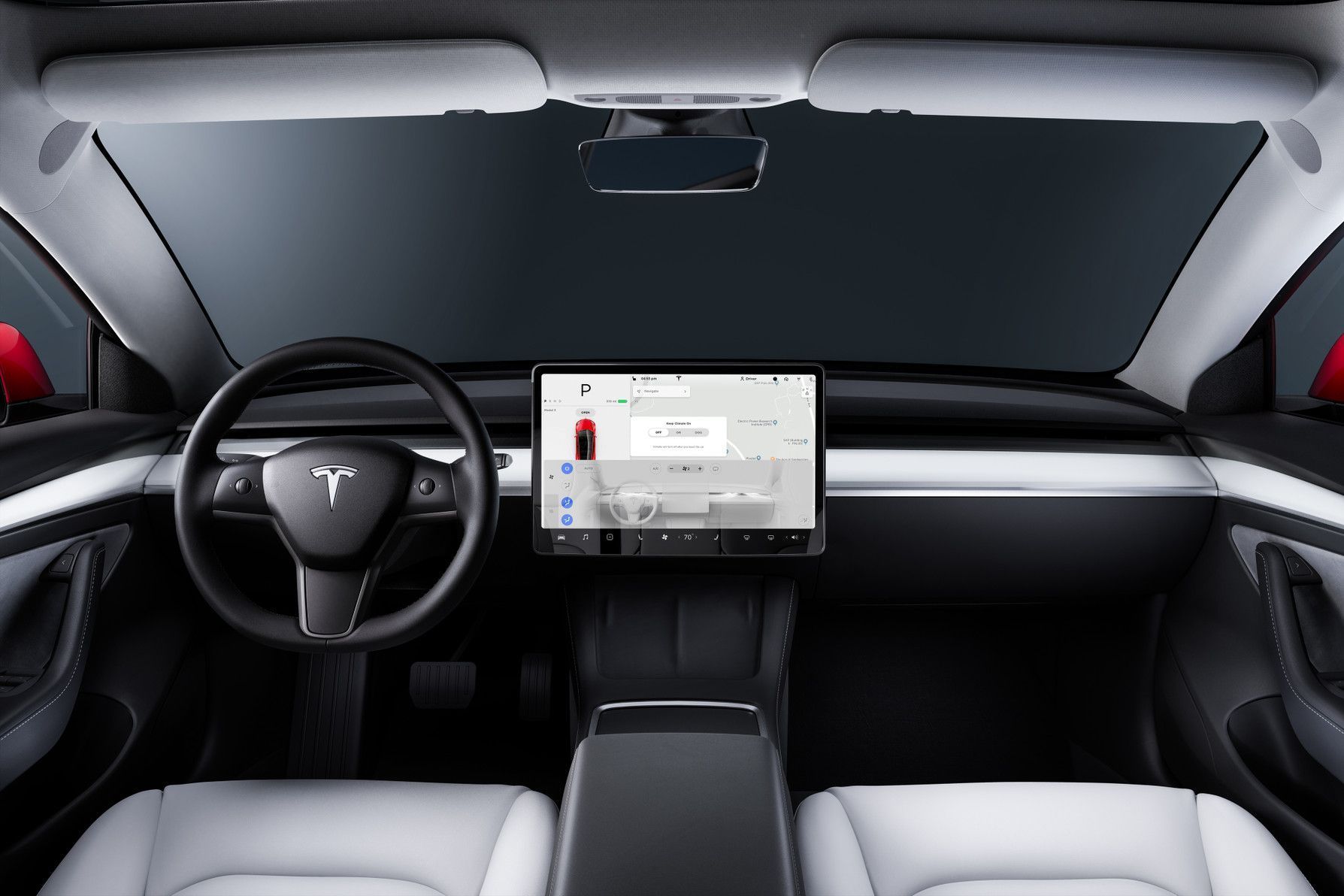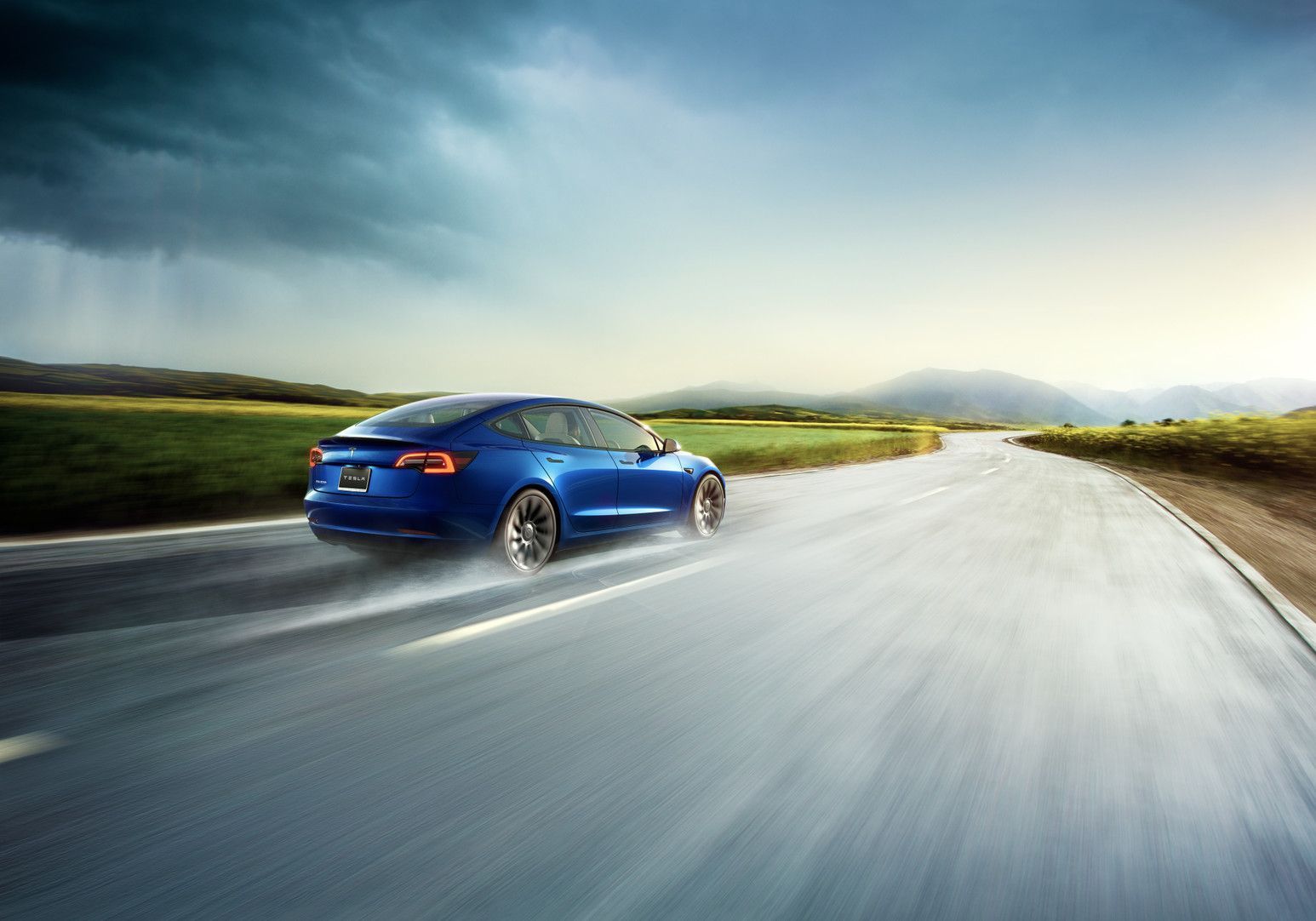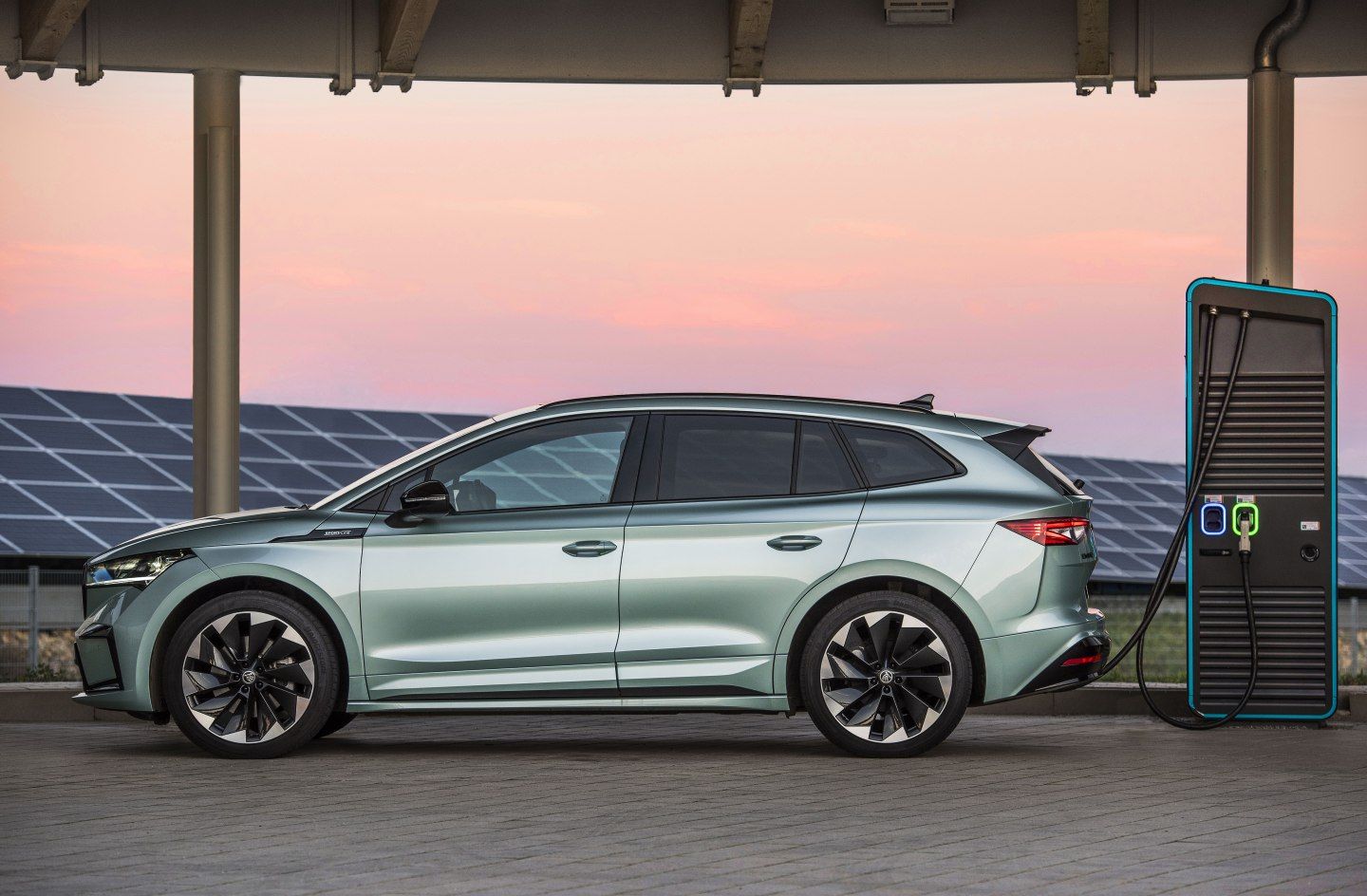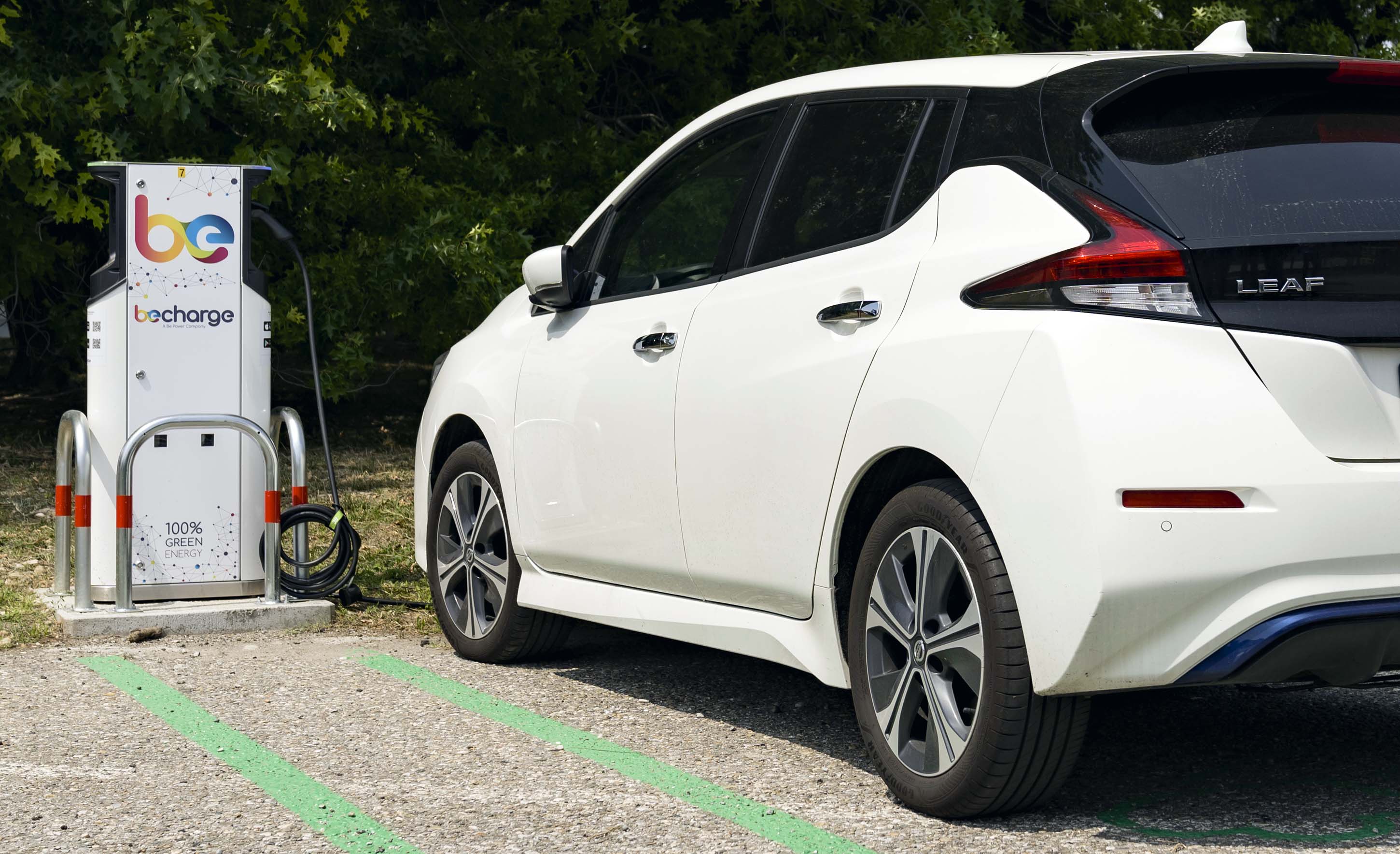The Scandinavian nation’s anticipatory and no-return journey continues, accelerating into the second year of the pandemic. New BEV sales records, with less than 10% of unplugged vehicles left and a dominant role for Tesla
At the IAA show in Munich – less rich than in the past due to the pandemic and the German-centric footprint – we received yet another confirmation of a European automotive world clearly oriented towards electrification. Before we look ahead to the many all-electric or plug-in novelties on the road in 2022 and 2023, we can read out some numbers for 2021, those of those who are further ahead on the electrics so much promoted by carmakers. To understand the extent to which the rate of growth of plug-in models is actually constant, strong and unstoppable, we need only look no further than where it began long before anywhere else: Norway.

Tesla Model Y
Despite the fact that some critics who are fond of thermal vehicles are looking to Norway (so far without satisfaction) as a possible opportunity to uncover the limits and critical points of the spread of electric vehicles, record figures are once again coming in: with Tesla in the lead, sales of BEVs in the Nordic country are growing as never before. It is above all the new Model Y that proves not only Musk right, but all those who believe in battery-powered cars and in their uncomplicated spread, when the infrastructure is adequate (see the recharging network) and the rules up to date (see local government regulations and incentives).

In just a few weeks, the new American electric SUV, which arrived in the Old Continent this year, has become the best-selling vehicle in the country’s EV icon. And when we talk about all-electric cars in Norway, we now mean almost 80% (77.5%) of the market. The 2021 summer figures show yet another increase: over 45% year-on-year, and if you add plug-in hybrids (PHEVs), the number of cars with plug-in hybrids that can be recharged at the charging station breaks 90% of sales in September.

The most popular
The curiosity is also to know, where the electric car market is full and mature, which are the models most appreciated by drivers who more than others know what it means to own and maintain an EV. Here is the Top-10, with the due premise that the average Norwegian target, in terms of use and economy, does not coincide with the Italian one. However, the choice of those who have been using BEVs for years, discovering their merits and defects, evidently rewards some brands regardless of segment and range.

Skoda Enyaq and Toyota RAV
So Tesla is the queen, with Model Y and Model 3 leading the way, with a good margin between them. The third best-selling car in Norway is the Skoda Enyaq, followed by the Toyota RAV4 and Audi e-tron. Then Volkswagen ID.4 (a close relative of the Enyaq) and Hyundai IONIQ 5, paired up. Rounding out the top-10 best-selling cars are the Ford Mustang Mach-E, Volkswagen ID.3 and finally the Nissan Leaf. A relatively “short” ranking, except for the two Teslas, which more than double the volume of the following cars.

A fairly heterogeneous ranking, too, when compared to other unplugged markets, which speaks different languages and also sees different systems, for the most part, of the most popular cars. The smallest part of the market, with thermal and light hybrid cars still sold in Norway, holds out, but we are talking mainly about company cars and leased cars: for intense business use. These are the hard core of cars that are being reduced and that the country should, by 2025 as a target but perhaps even earlier, definitively retire: no more registrations and gradually no more refuelling stations, only recharging points. At least for private cars.

In collaboration with:









